Take the First Step For Estimate!
- Accurancy
- Efficiency
- Transparency
- Customization
- Time Saving
- Professionalism
- Cost Control
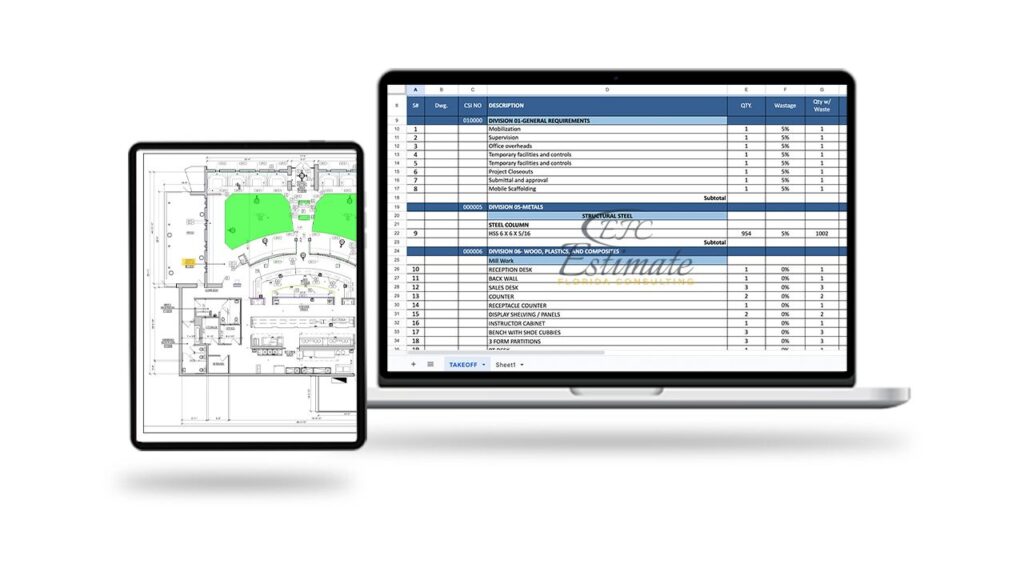
Estimate Florida Consulting offers specialized services in estimating the costs of fire protection systems for college buildings. With our expertise, we provide precise and detailed estimates ranging from $50,000 to $100,000. Our team understands the unique requirements of office buildings, ensuring that our estimates cover all necessary aspects for effective fire protection. Whether it’s assessing the installation of sprinkler systems, alarms, or other safety measures, we guarantee accuracy and reliability in our estimates.
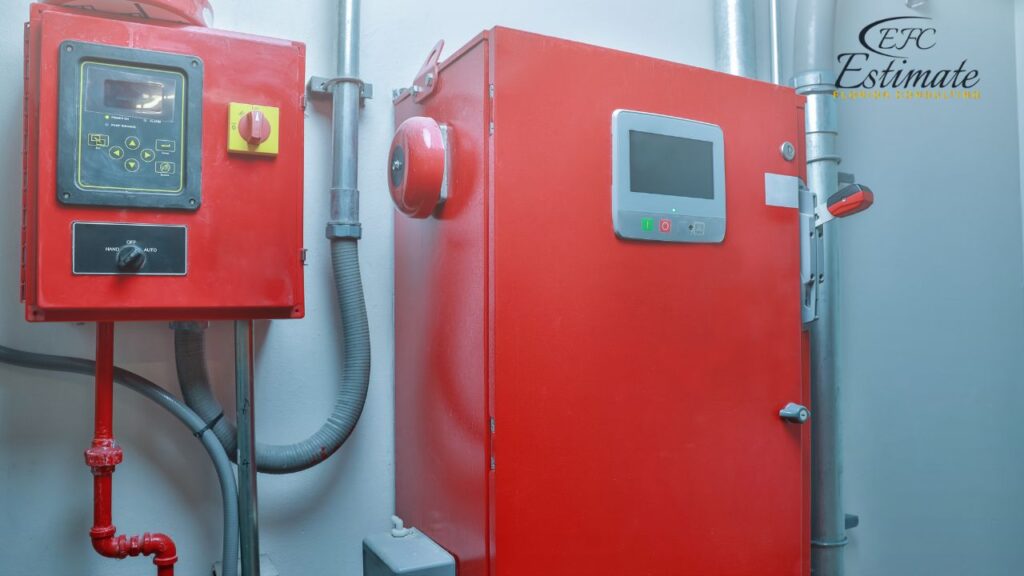
Trust Estimate Florida Consulting to deliver comprehensive cost estimations tailored to your specific needs, ensuring the safety and security of college building occupants.

Category | Average Cost Range |
Fire Protection Consultation | |
– Consultant Fees | $1,000 – $5,000 or more |
– Technology and System Selection | |
– Initial Investment for Technology | $5,000 – $50,000 |
– Ongoing Maintenance | 5-10% of initial investment per year |
– Potential Future Upgrades | $2,000 – $20,000 |
Local Regulations and Code Compliance | |
– Research and Compliance Assessment | $1,000 – $5,000 |
Installation Costs | |
– Labor, Materials, and Equipment | $10,000 – $100,000 |
Training and Educational Programs | |
– Development of Training Materials | $2,000 – $10,000 |
– Drill Implementation | $1,000 – $5,000 per session |
– Educational Programs | $5,000 – $20,000 annually |
Monitoring and Maintenance Expenses | |
– Routine Inspections | $1,000 – $5,000 per inspection |
– Testing | $2,000 – $10,000 annually |
– Repairs or Upgrades | $5,000 – $30,000 |
Initiating a fire protection consultation is a pivotal first step in establishing a comprehensive understanding of the specific needs of a college building. Fire protection consultants bring expertise in assessing crucial factors such as the building’s size, occupancy levels, and unique risks associated with its structure. This initial consultation provides invaluable insights that play a pivotal role in informing the subsequent cost estimation process. By engaging with a fire protection consultant, colleges gain a tailored understanding of their fire safety requirements, enabling them to formulate an effective and targeted approach to safeguarding their premises. The insights garnered from this consultation serve as the foundation for a thorough and accurate estimation of the costs associated with implementing a robust fire protection plan.
Choosing the right fire protection technology and systems tailored to the specific requirements of a college building is a critical factor influencing the overall cost estimation process. This phase involves a meticulous evaluation of the initial investment required for the chosen technology, as well as considerations for ongoing maintenance and potential future upgrades. The cost estimate takes into account the intricacies of selecting fire detection and suppression systems that align with the building’s unique characteristics and potential risks.
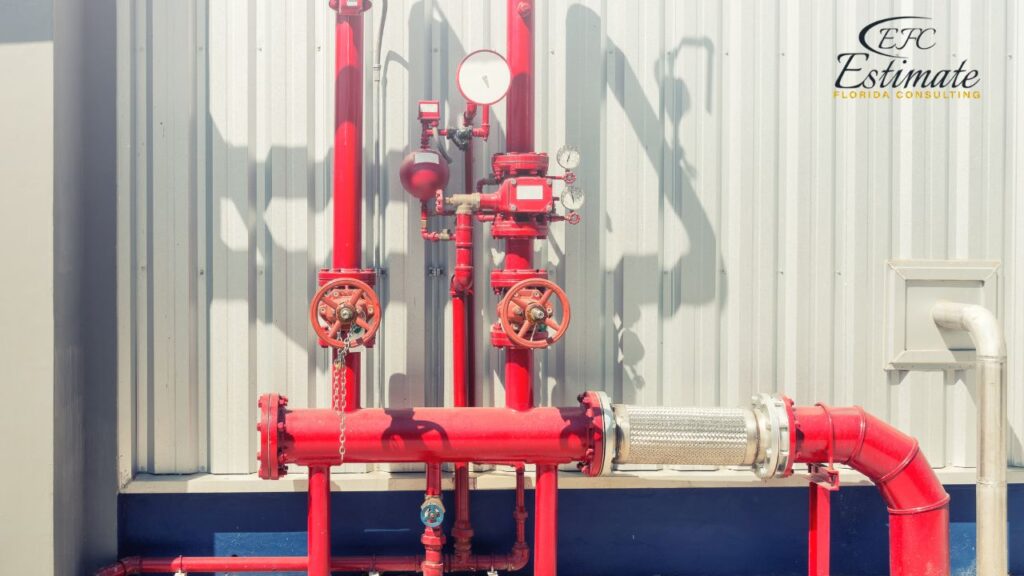
Technology and system selection are integral components of the estimation process, ensuring that the proposed fire protection plan is both effective and cost-efficient over the building’s lifespan.
Ensuring compliance with local fire safety regulations and building codes is non-negotiable when developing a fire protection plan. The cost estimation process involves thorough research into the specific requirements imposed by local authorities, ensuring that the proposed fire protection measures align seamlessly with all applicable standards. This comprehensive understanding of regulations and codes is crucial not only for legal compliance but also for the effective implementation of a fire protection plan that prioritizes the safety of the college building and its occupants. The cost estimate accounts for the efforts and resources required to meet and exceed these regulatory standards, guaranteeing a robust and legally sound fire protection strategy.
The installation of fire protection systems constitutes a significant portion of the overall cost estimation. This includes expenses related to labor, materials, and equipment necessary for the successful implementation of the chosen fire protection technology. Factors such as the building’s layout, accessibility, and the complexity of the installation process are meticulously considered in the estimation. Whether it involves the installation of fire alarms, sprinkler systems, or other preventive measures, the cost estimate reflects the investment required to ensure a seamless and effective integration of fire protection systems within the college building. This phase of the estimation process emphasizes the importance of precision and expertise in executing the installation to guarantee optimal performance.
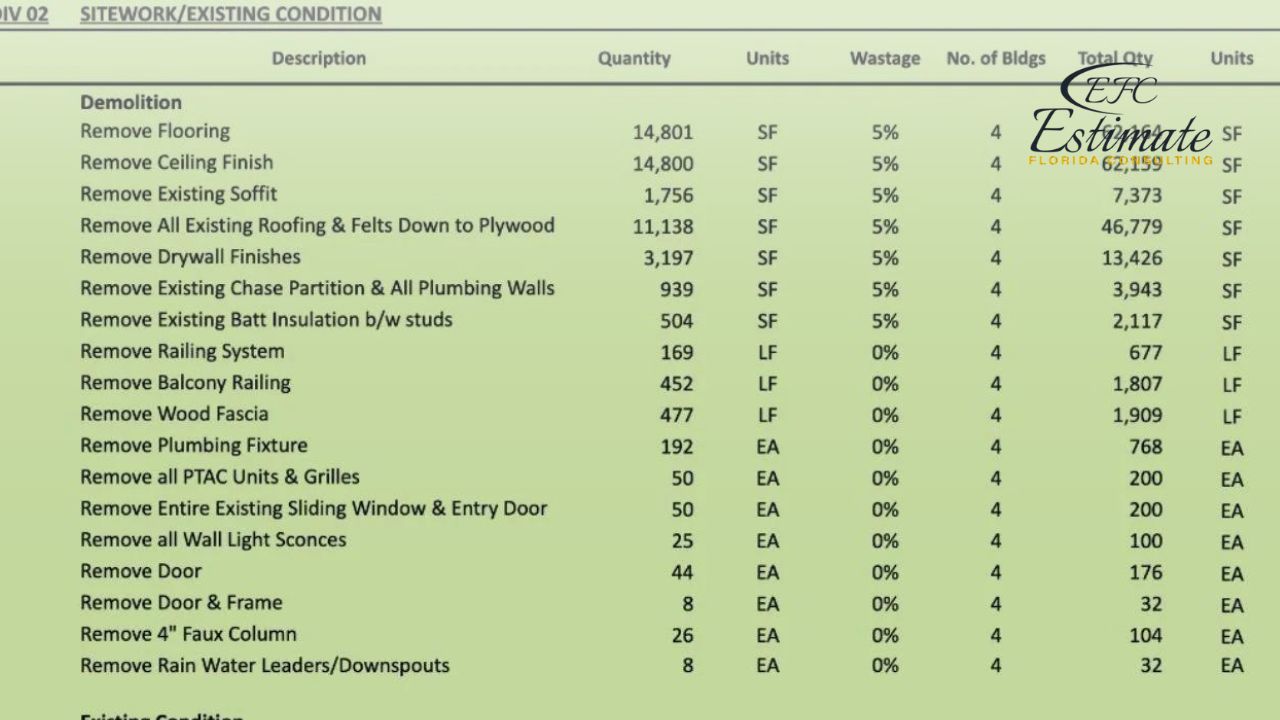
ZIP Code Based Estimate
Highly Accurate
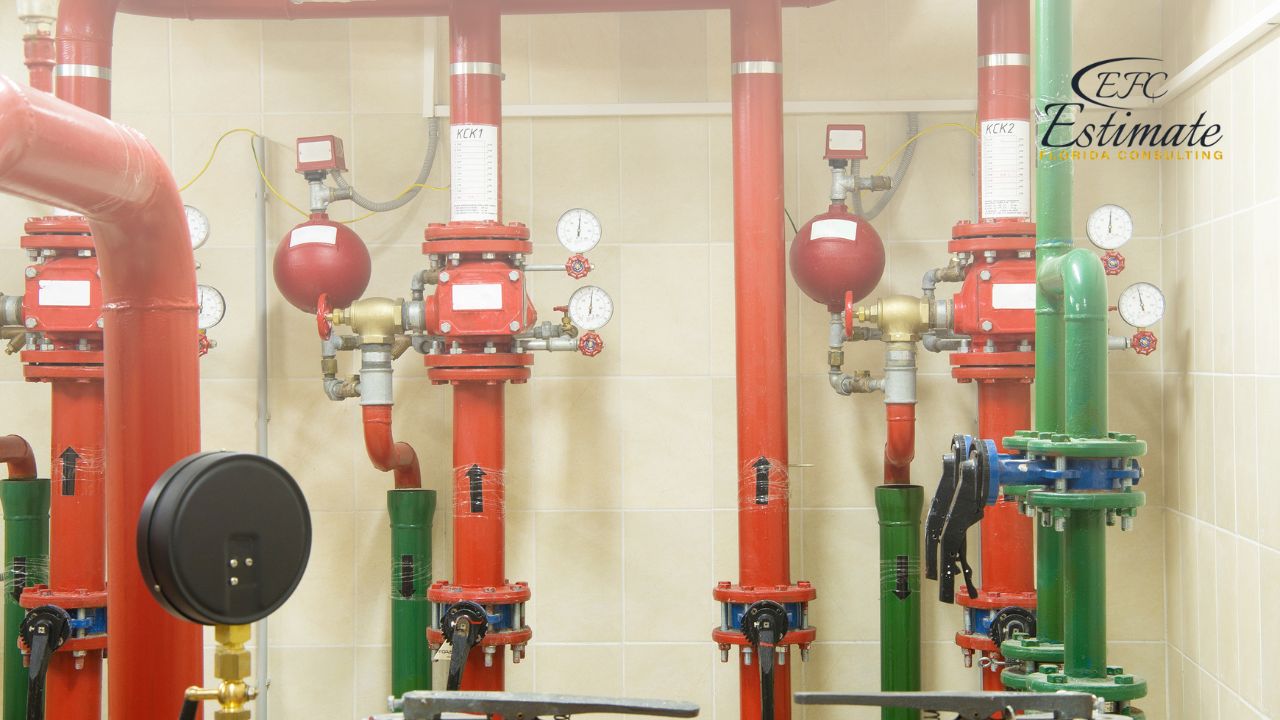
Fully Insured License Hire Sub-Contractor for College Building Fire Protection
Hire Contractor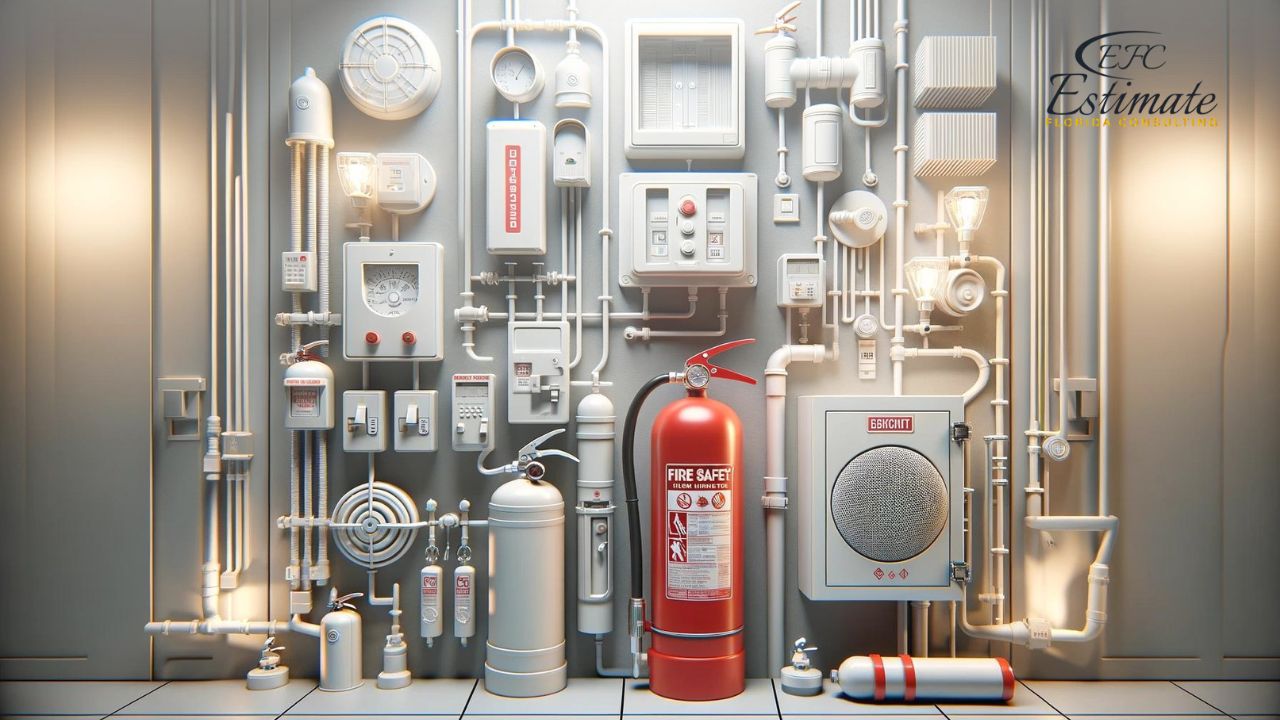
Make Informed Design Decisions Showcase Your Design Ideas
Get RenderingDeveloping and implementing effective training and educational programs for building occupants is a vital component of any comprehensive fire protection plan. This involves creating materials, conducting drills, and ensuring that the college community is well-informed about fire safety protocols. The cost estimate encompasses the resources required for the development of educational materials, the organization of training sessions, and ongoing efforts to keep occupants informed and prepared. This phase of the estimation process recognizes the critical role that awareness and education play in maximizing the effectiveness of fire protection measures. By allocating resources for these programs, the cost estimate ensures a holistic approach to fire safety that extends beyond the installation of physical systems.
Ongoing monitoring and maintenance are paramount for the longevity and effectiveness of fire protection systems. The cost estimate includes provisions for routine inspections, testing, and potential repairs or upgrades over the system’s lifespan. This phase of the estimation process recognizes that a proactive approach to system maintenance is essential for ensuring continuous reliability. Factors such as the frequency of inspections, the complexity of testing procedures, and the availability of maintenance resources are all taken into account. By incorporating these ongoing expenses into the estimate, colleges can plan for the sustained effectiveness of their fire protection systems, minimizing the risk of malfunctions and ensuring a swift response in the event of an emergency.
Item | Description | Cost |
Fire Alarm System | Installation and equipment cost | $25,000 |
Sprinkler System | Installation and equipment cost | $40,000 |
Emergency Lighting | Installation and equipment cost | $15,000 |
Fire Extinguishers | Purchase and installation | $5,000 |
Smoke Detectors | Installation and equipment cost | $10,000 |
Fire Escape Routes | Construction and signage | $5,000 |
Fireproofing Materials | Application and materials | $8,000 |
Training Sessions | Staff and student fire safety training | $2,000 |
Contingency | Unforeseen expenses | $5,000 |
Total Estimated Cost | $100,000 |
Institutions of higher learning, including colleges and universities, face a significant responsibility to ensure the safety and well-being of their students, faculty, and staff. Central to this commitment is the implementation of effective fire protection measures within college buildings. However, understanding the essentials of college building fire protection goes beyond mere compliance with regulations—it involves a comprehensive exploration of the associated costs.
The first consideration in understanding college building fire protection costs is the initial investment required. This encompasses the purchase and installation of fire detection and suppression systems, such as smoke alarms, sprinkler systems, fire extinguishers, and emergency lighting. Additionally, factors like building size, layout, and occupancy density play a role in determining the scope and expense of these installations.
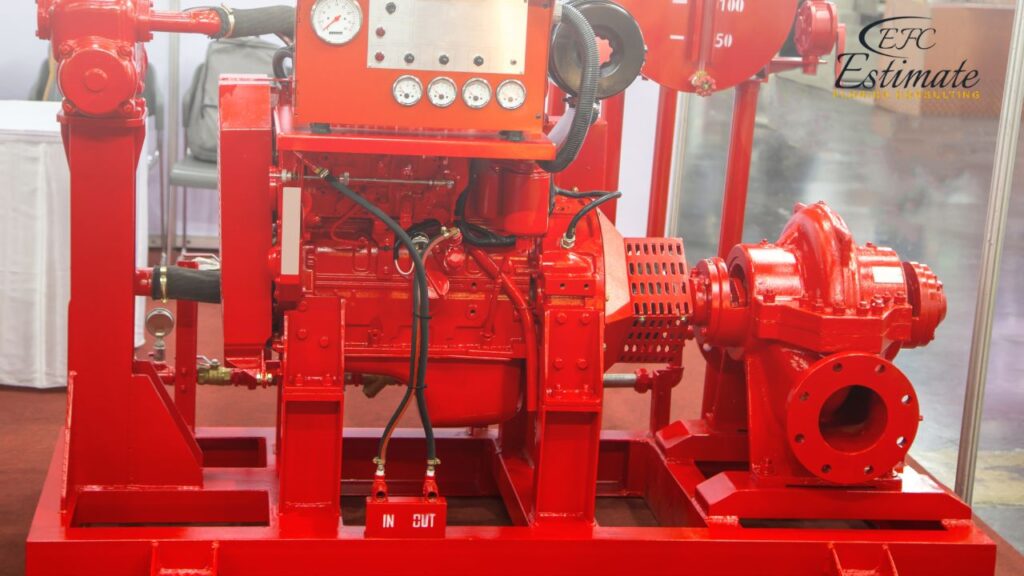
Once fire protection systems are in place, ongoing maintenance and regular inspections are essential to ensure their effectiveness. Maintenance costs may include routine checks, testing, repairs, and replacement of components as needed. Compliance with local fire codes and regulations often necessitates annual inspections by certified professionals, adding to the overall cost of maintaining fire safety systems within college buildings.
Another critical aspect of college building fire protection costs is the investment in training and education for occupants. This includes fire safety training programs for students, faculty, and staff to promote awareness, emergency preparedness, and proper response procedures in the event of a fire. Additionally, specialized training may be required for designated fire safety personnel responsible for managing fire incidents and evacuation protocols.
Effective fire protection measures can have a direct impact on insurance premiums for college buildings. Insurance providers typically assess the level of fire risk associated with a property when determining premiums. By implementing robust fire protection systems and demonstrating compliance with safety standards, colleges may be able to negotiate lower insurance rates, ultimately reducing long-term costs.
As technology advances and building codes evolve, colleges may need to invest in upgrades or retrofits to existing fire protection systems. This could involve replacing outdated equipment with more efficient and reliable alternatives or modifying building infrastructure to meet updated regulatory requirements. While these upgrades incur upfront costs, they are essential for maintaining optimal fire safety standards over time.
So, why wait? Send us your plans and give us a call now. Let’s make your project a success together!

Colleges may also invest in additional risk mitigation strategies to enhance fire protection beyond basic requirements. This could include measures such as fire-resistant building materials, compartmentalization to prevent the spread of fire, and the establishment of fire-safe zones or refuge areas within buildings. While these strategies may entail higher initial costs, they can significantly reduce the potential for property damage and loss of life in the event of a fire.
Understanding college building fire protection costs requires a comprehensive cost-benefit analysis that considers both financial expenditures and potential savings or benefits. While the upfront costs of implementing fire protection measures may seem significant, they must be weighed against the potential consequences of inadequate fire safety, including property damage, legal liabilities, and reputational harm to the institution.
The foundation of any robust fire protection plan is anchored in sophisticated detection systems, and the selection of the right technology plays a pivotal role in determining the overall cost. These detection systems can vary from traditional smoke detectors to advanced fire alarm systems equipped with integrated sensors. The cost estimation process involves a meticulous assessment of factors such as the chosen detection technology, the extent of coverage required, and the complexity of the overall system. From the initial investment in state-of-the-art detection equipment to ongoing maintenance considerations, the estimate is tailored to ensure that the chosen fire detection system aligns seamlessly with the unique needs and risk factors associated with the college building. By delving into these nuances, the cost estimate provides clients with a comprehensive understanding of the financial landscape surrounding the implementation of an effective fire detection system.
The effectiveness of fire suppression systems, including sprinklers and fire extinguishers, is paramount for containing and extinguishing fires in a college building. The cost estimation process takes into account the size of the building, the level of fire risk inherent to its operations, and compliance with local building codes. These factors collectively influence the type and extent of suppression systems required for adequate protection.
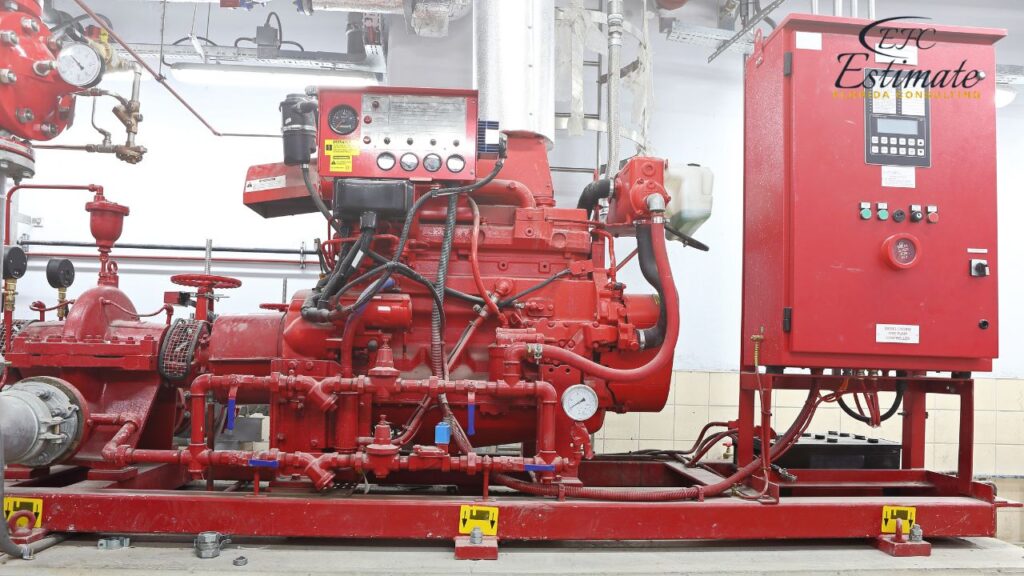
The cost estimate ensures that the selected fire suppression systems align with both regulatory standards and the unique characteristics of the college building, providing a tailored financial projection that encompasses installation, ongoing maintenance, and potential future upgrades.
In the event of a fire emergency, clear evacuation routes are imperative for the safety of building occupants. Emergency lighting and signage play a crucial role in guiding individuals to safety, and the associated costs encompass the installation of illuminated exit signs, emergency lighting units, and any additional components necessary for a secure evacuation process. The cost estimate recognizes the importance of these elements in ensuring a swift and safe evacuation during a fire incident. It considers factors such as the size and layout of the college building, compliance with safety regulations, and the implementation of effective emergency lighting and signage solutions tailored to the specific needs of the institution.
Building materials with fire-resistant properties significantly contribute to the overall fire safety of a structure. The cost estimation process involves a comprehensive evaluation of the use of fire-rated doors, walls, and other components that meet or exceed local fire safety regulations. This meticulous consideration ensures that the college building is fortified with materials designed to withstand the challenges posed by a fire. The cost estimate emphasizes the importance of investing in fire-resistant building materials as a proactive measure, providing clients with a clear understanding of the financial implications associated with enhancing the structural integrity and safety of the college building.
Educating occupants on fire safety measures is an integral and proactive aspect of a comprehensive fire protection plan. The cost estimation includes the development and implementation of training programs, drills, and the creation of educational materials. This phase recognizes that well-informed occupants are better equipped to respond effectively to fire emergencies, thereby minimizing risks and enhancing overall safety. The cost estimate takes into account the resources required to create engaging and informative training sessions, ensuring that the college community is adequately prepared and educated on fire safety protocols.
Regular monitoring and maintenance of fire protection systems are fundamental to ensuring their continued effectiveness. The cost estimate encompasses routine inspections, testing, and any necessary repairs or upgrades to maintain compliance and functionality. This phase of the estimation process recognizes that proactive monitoring and maintenance contribute to the longevity of the fire protection systems, minimizing the risk of malfunctions and ensuring a swift and efficient response in the event of an emergency. By incorporating these ongoing expenses into the estimate, colleges can plan for the sustained effectiveness of their fire protection systems, thus safeguarding both occupants and infrastructure over the long term.
The importance of college building fire protection cannot be overstated, as it encompasses a broad spectrum of factors that directly impact the safety and well-being of students, faculty, and staff, as well as the physical assets of the institution. The implementation of robust fire protection measures serves as a fundamental pillar of overall campus safety, contributing to a secure and conducive learning environment. Here are key aspects highlighting the significance of college building fire protection:
The paramount importance of college building fire protection lies in safeguarding human lives. In the event of a fire, swift and effective measures are crucial to ensuring the safe evacuation of occupants. Detection systems, fire suppression equipment, and well-defined evacuation plans collectively contribute to minimizing the risk of injuries or fatalities during a fire emergency.
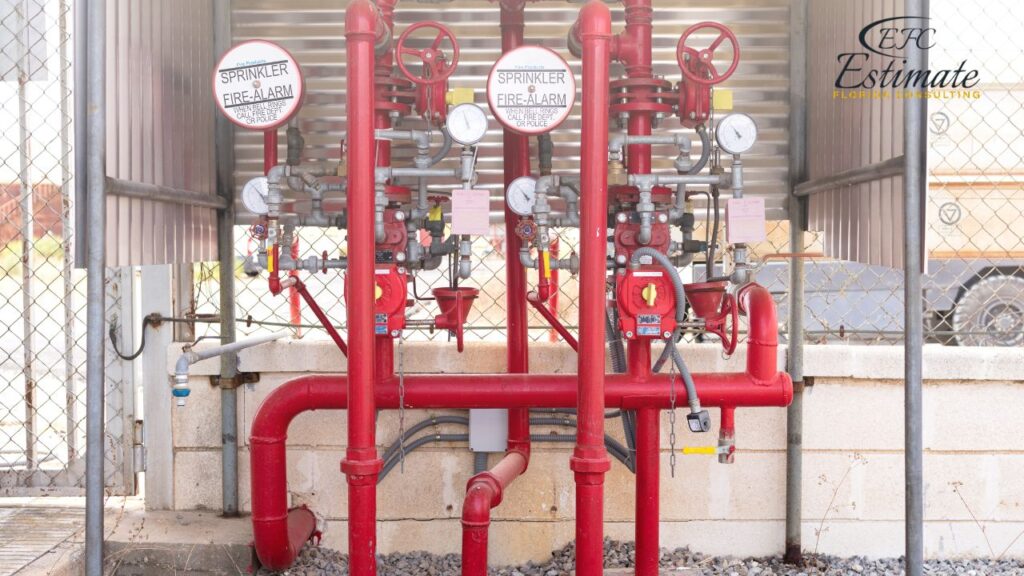
College campuses house valuable assets, including academic buildings, laboratories, libraries, and student residences. Fire protection measures, such as fire-resistant building materials and suppression systems, are essential for minimizing property damage in the event of a fire. Protecting these assets is not only a matter of financial significance but also ensures the continuity of educational activities.
Compliance with local fire safety regulations and building codes is mandatory for educational institutions. Failure to adhere to these regulations not only poses a legal risk but also compromises the institution’s reputation. Implementing and maintaining robust fire protection measures ensures that the college remains in good standing with regulatory authorities.
A fire incident can disrupt normal operations and lead to significant downtime. Adequate fire protection measures contribute to the continuity of college operations by minimizing the impact of fires. This is particularly crucial for academic institutions where uninterrupted learning and research activities are essential.
The financial implications of a fire incident extend beyond property damage. Temporary closure of facilities, loss of critical records, and the cost of rebuilding or renovating damaged structures can result in substantial financial losses. Effective fire protection measures mitigate these financial risks by minimizing the extent of damage and facilitating a quicker recovery.
From small to large projects, residential to commercial, we’re here to help you win. Fast results guaranteed.
College buildings house extensive educational resources, including research materials, technological equipment, and irreplaceable archives. Fire protection measures, such as advanced detection systems and fire-resistant storage, contribute to preserving these resources, ensuring that the intellectual capital of the institution remains intact.
Parents, students, faculty, and staff place a high value on safety when choosing or working within an educational institution. A visible commitment to robust fire protection measures enhances community confidence. Knowing that the institution prioritizes the safety of its occupants fosters trust and contributes to a positive institutional image.
Fires can lead to secondary hazards such as toxic smoke, hazardous materials release, or structural collapse. Effective fire protection measures, including ventilation systems and emergency response plans, aim to mitigate these secondary risks, contributing to a safer overall environment.
Colleges that invest in comprehensive fire protection measures may benefit from lower insurance premiums. Insurance providers often consider the level of fire protection in place when determining coverage and rates. Proactive fire safety measures demonstrate to insurers that the institution is committed to risk mitigation.
Implementing robust fire protection measures fosters a fire safety culture within the college community. This involves educating occupants about fire safety protocols, conducting regular fire drills, and promoting awareness. A proactive approach to fire safety empowers individuals to respond effectively in emergencies, further enhancing the overall safety of the campus.
The importance of college building fire protection cannot be overstated, as it is intricately tied to the safety of lives, preservation of valuable assets, legal compliance, and the overall well-being of the educational community. The comprehensive guide on estimating the costs of fire protection for college buildings emphasizes the significance of strategic planning, technology selection, regulatory compliance, and ongoing maintenance. By investing in robust fire protection measures, colleges not only fulfill their responsibility for life safety and property protection but also contribute to fostering a secure and confident campus environment. Ultimately, the commitment to effective fire protection is an investment in the continuity of operations, the preservation of educational resources, and the promotion of a proactive fire safety culture within the college community.
A fire protection consultation is crucial to assess specific needs such as building size, occupancy levels, and unique risks. It provides insights for accurate cost estimations and tailors fire safety requirements for effective and targeted protection.
The selection of fire protection technology considers factors like initial investment, ongoing maintenance, and potential future upgrades. Tailoring systems to the building’s unique characteristics and potential risks is integral for a cost-efficient and effective fire protection plan.
Ensuring compliance with local fire safety regulations and building codes is non-negotiable. The cost estimation process includes research and assessment to align proposed fire protection measures seamlessly with all applicable standards, guaranteeing a robust and legally sound strategy.
Training and educational programs are vital components of a comprehensive fire protection plan. The cost estimate covers resources for developing materials, organizing training sessions, and ongoing efforts to keep building occupants informed and prepared, emphasizing the critical role of awareness and education.
Ongoing monitoring and maintenance are paramount for the longevity and effectiveness of fire protection systems. The cost estimate includes provisions for routine inspections, testing, and potential repairs or upgrades, ensuring a proactive approach to system maintenance for continuous reliability and swift emergency response.
Here I am going to share some steps to get your college building fire protection cost estimate report.
You can send us your plan on info@estimatorflorida.com
Before starting your project, we send you a quote for your service. That quote will have detailed information about your project. Here you will get information about the size, difficulty, complexity and bid date when determining pricing.
Our team will takeoff and estimate your project. When we deliver you’ll receive a PDF and an Excel file of your estimate. We can also offer construction lead generation services for the jobs you’d like to pursue further.



561-530-2845
info@estimatorflorida.com
Address
5245 Wiles Rd Apt 3-102 St. Pete Beach, FL 33073 United States
561-530-2845
info@estimatorflorida.com
Address
5245 Wiles Rd Apt 3-102 St. Pete Beach, FL 33073 United States
All copyright © Reserved | Designed By V Marketing Media | Disclaimer